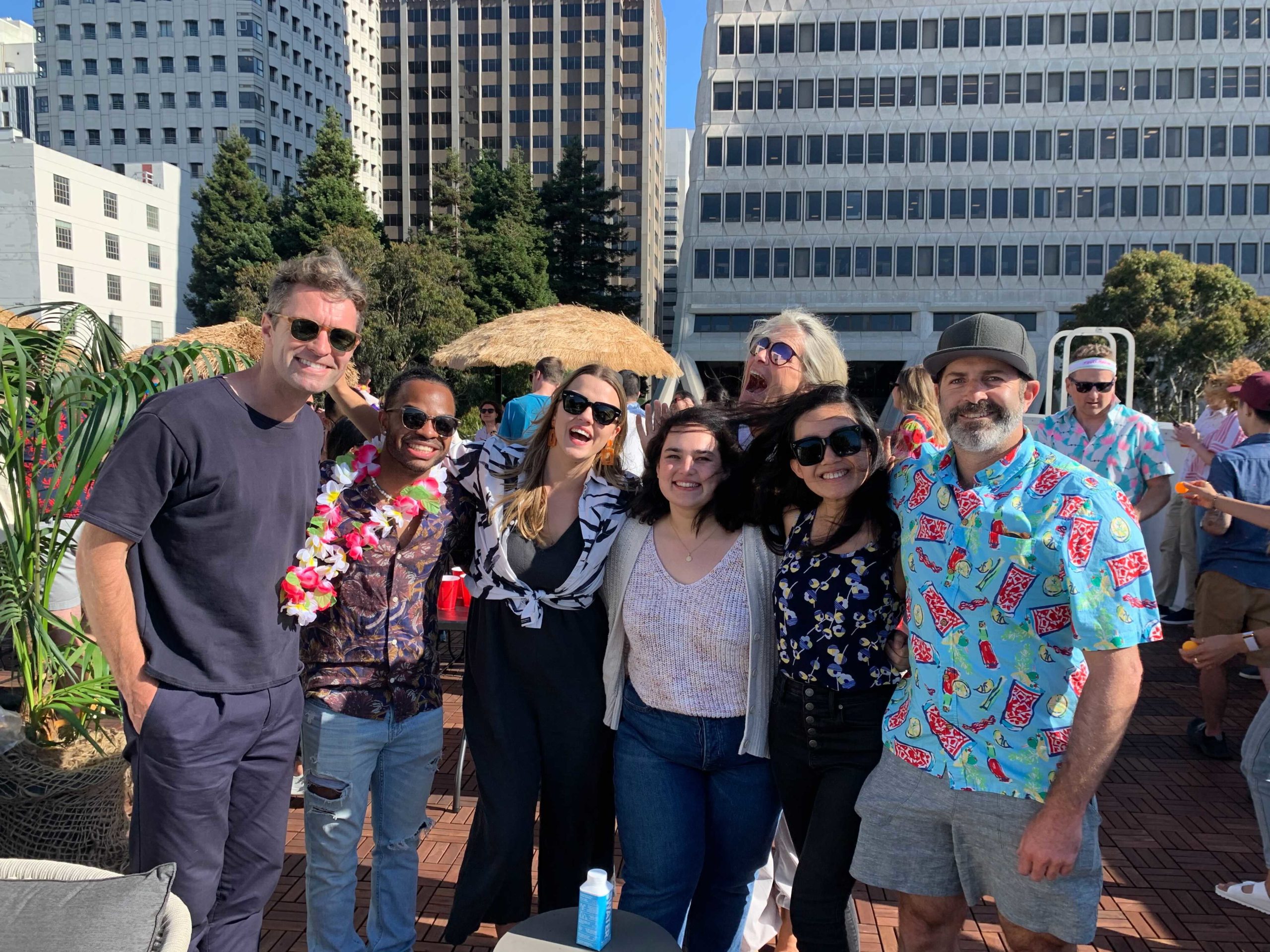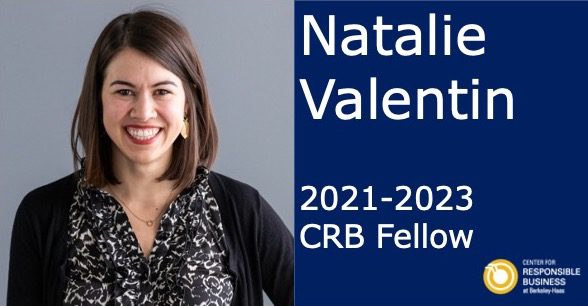Intrapraneurship for Sustainability: a Conversation with New CRB Lecturer Emma Stewart
Christina Meinberg, CRB Associate Director, interviews Haas lecturer and Head of Sustainability Solutions at Autodesk, Dr. Emma Stewart, regarding her plans to teach one of our new MBA courses for this fall: “Intrapraneurship for Sustainability: Driving Change From Within Organizations”.
[CM] We are excited to have you coming to teach at Haas this semester and I understand your new course has filled very rapidly. What kinds of students are interested in the topic of intrapreneurship, from what you are seeing, and are there any more open seats for those who might still be interested?
[ES] The student enrollment is indeed high for a new elective, most likely because the course unifies two topics of great interest to students right now: sustainability and “intrapreneurship”. The class is split nicely between full-time MBAs and EWMBAs, which will bring a wealth of knowledge and professional experience into the classroom. I was particularly pleased to see students from all types of industries (technology, architecture, pharmaceuticals, consulting, CPG, and government) and a true diversity of roles (from product management to finance to sales to operations). If I’d dreamed up a class roster to fit the concepts of the class, this would have been it.
There are also a few more open seats; we’ll welcome additional students!
[CM] A few years ago, you were selected as one of the Aspen Institute’s First Mover Fellows. What’s one take-away or piece of advice from the year-long program, that you can share?
[ES] The Aspen fellowship emphasized the importance of “right brain thinking”. To effect change within large organizations requires a huge amount of work to rally executives around your vision for change. Doing so requires both “left brain” critical thinking and quantitative analysis, but also “right brain” techniques like good story-telling.
[CM] What’s the difference between intrapreneurship and just good management practice?
[ES] As even the most innovative companies grow, they tend to ossify, and those with big, new ideas tend to leave for more nimble organizations. Intrapreneurs reverse this dynamic by incubating big new ideas within the auspices of the corporate umbrella, taking advantage of its strengths in marketshare, customer footprint, and distribution channel, without letting risk aversion, lack of legal precedent, or organizational inertia stand in their way.
So, encouraging intrapreneurship is good management practice.
[CM] Finish this sentence: An intrapraneur’s lifeblood is….
[ES] Harnessing the innovation of big business to counteract the negative externalities of big business
[CM] What do you see as 3 core competencies of a successful intrapreneur?
[ES] Political deftness, opportunism, and networking both ideas and people.
[CM] If a student knows they have a vision or an appetite for creating change from within (a “tempered radical,” Debra Meyerson might say), how would you advise them to seek out the right opportunities in their career search?
[ES] First of all, knowing you want to “create change” is far from enough. You need to have a crystal clear idea of what type of impact you want to see (e.g. “I want to eliminate child labor in the SE Asian apparel supply chain”).
Second, find the “perch” from which you are most empowered to effect this change. Which industry? And then, which company has the biggest levers, either through their regulatory influence, supply chain, customer base, etc.?
Third, get a job within that company, and try to choose a division with enough cross-organizational influence and respect to rally the troops.
Fourth, employ the skills of an “intrapreneur”, which we’ll cover in my course.
[CM] Thanks for your words of wisdom and the experience you are bringing to Haas, Emma. See you in class this fall!


